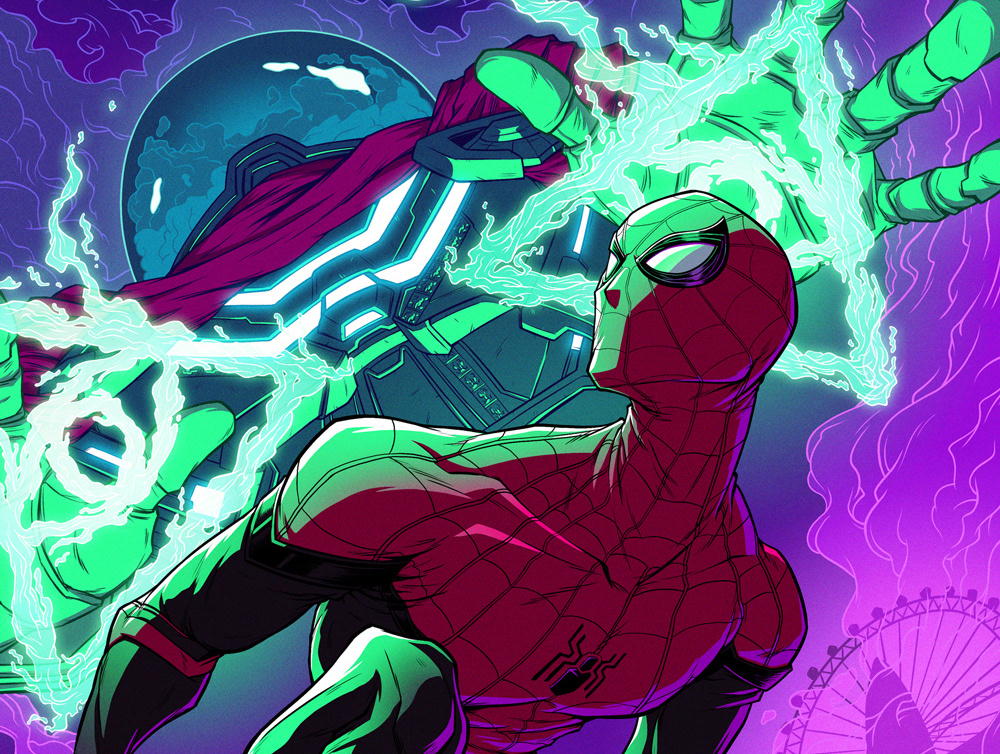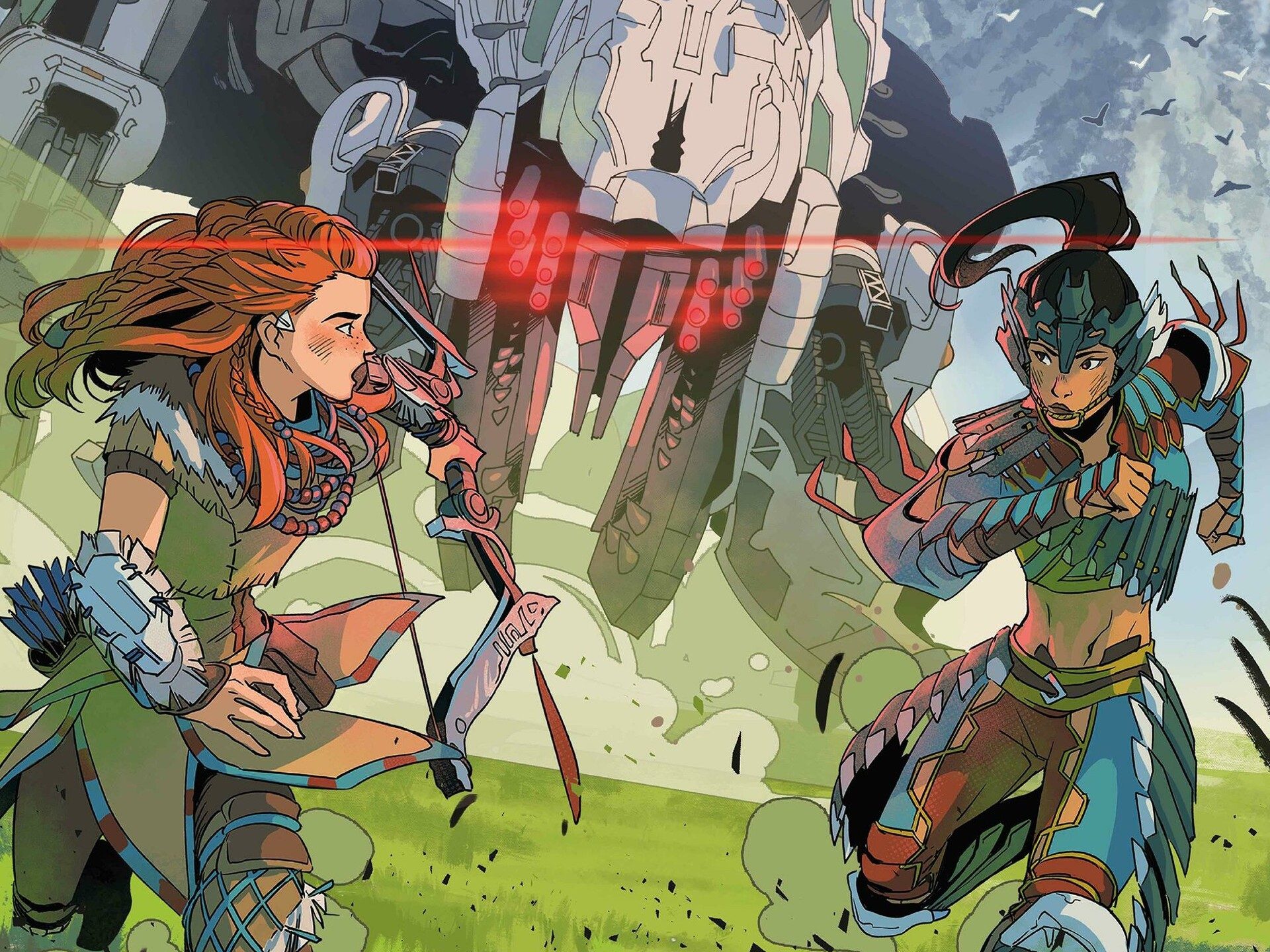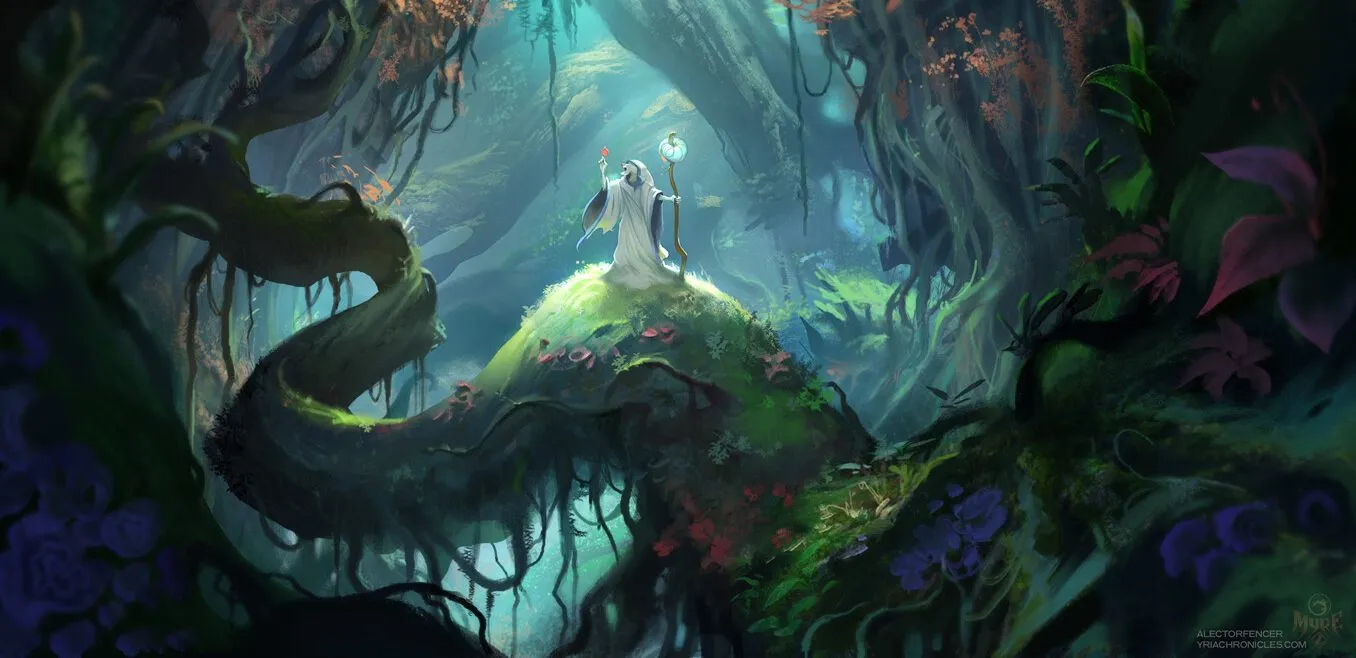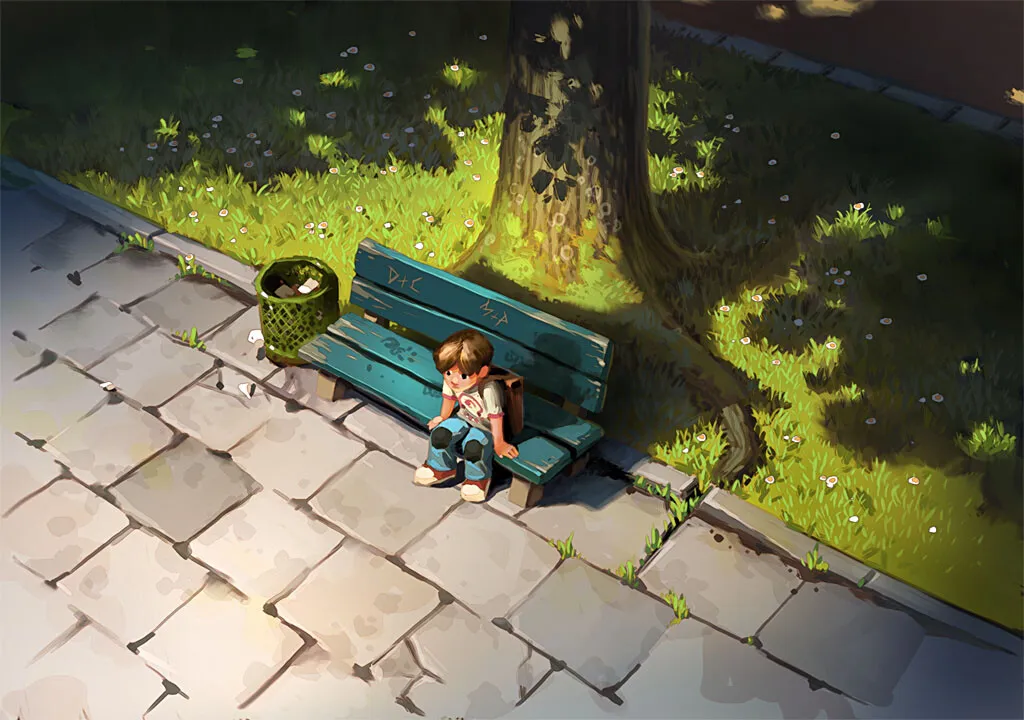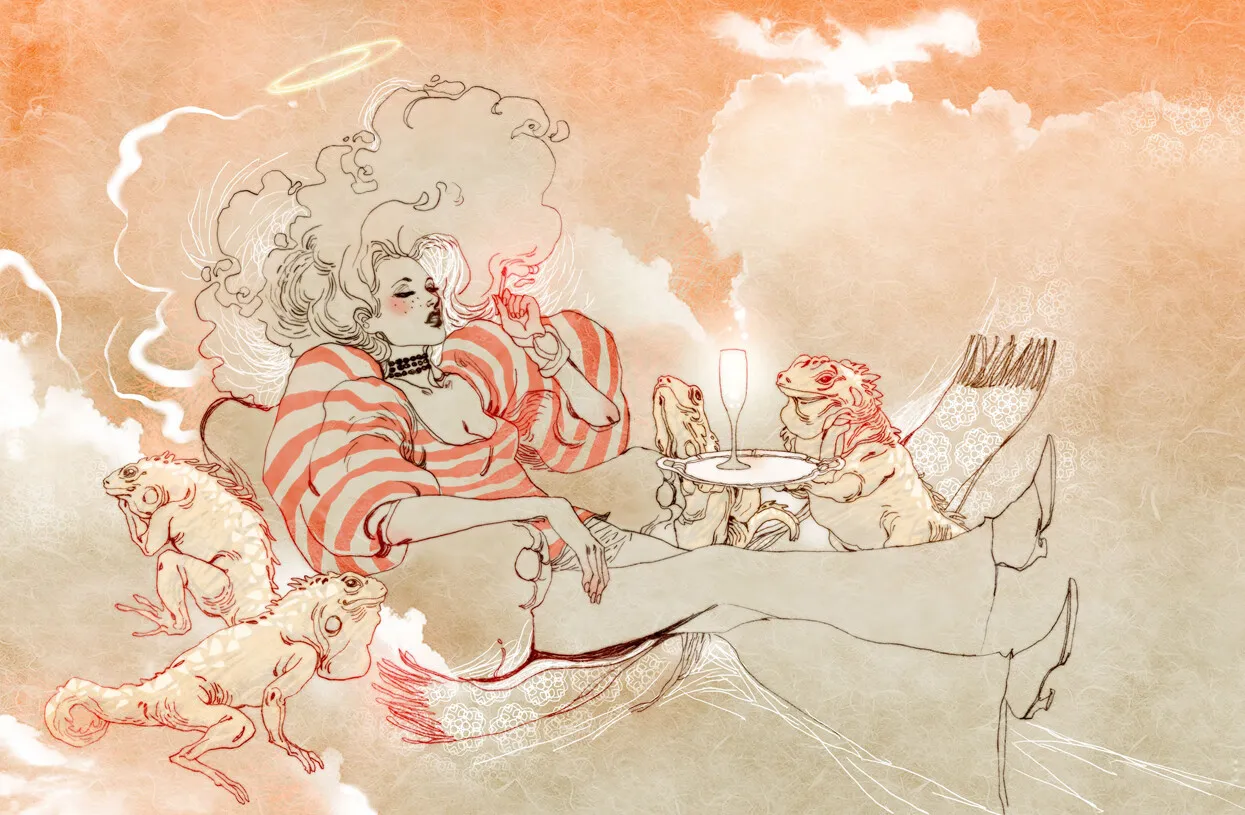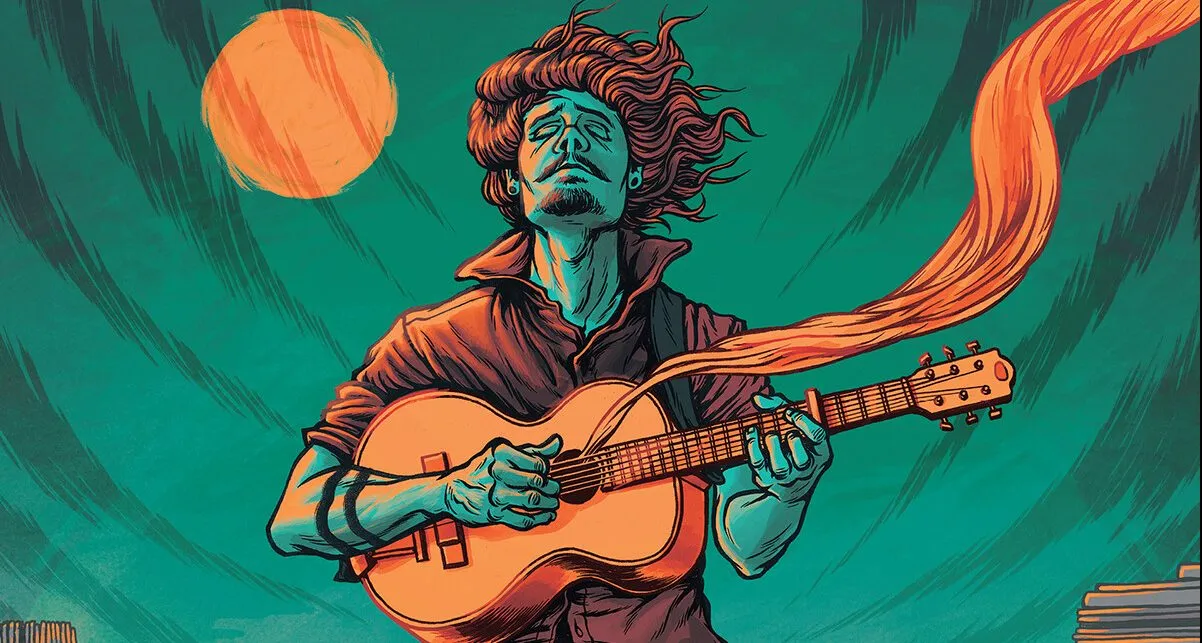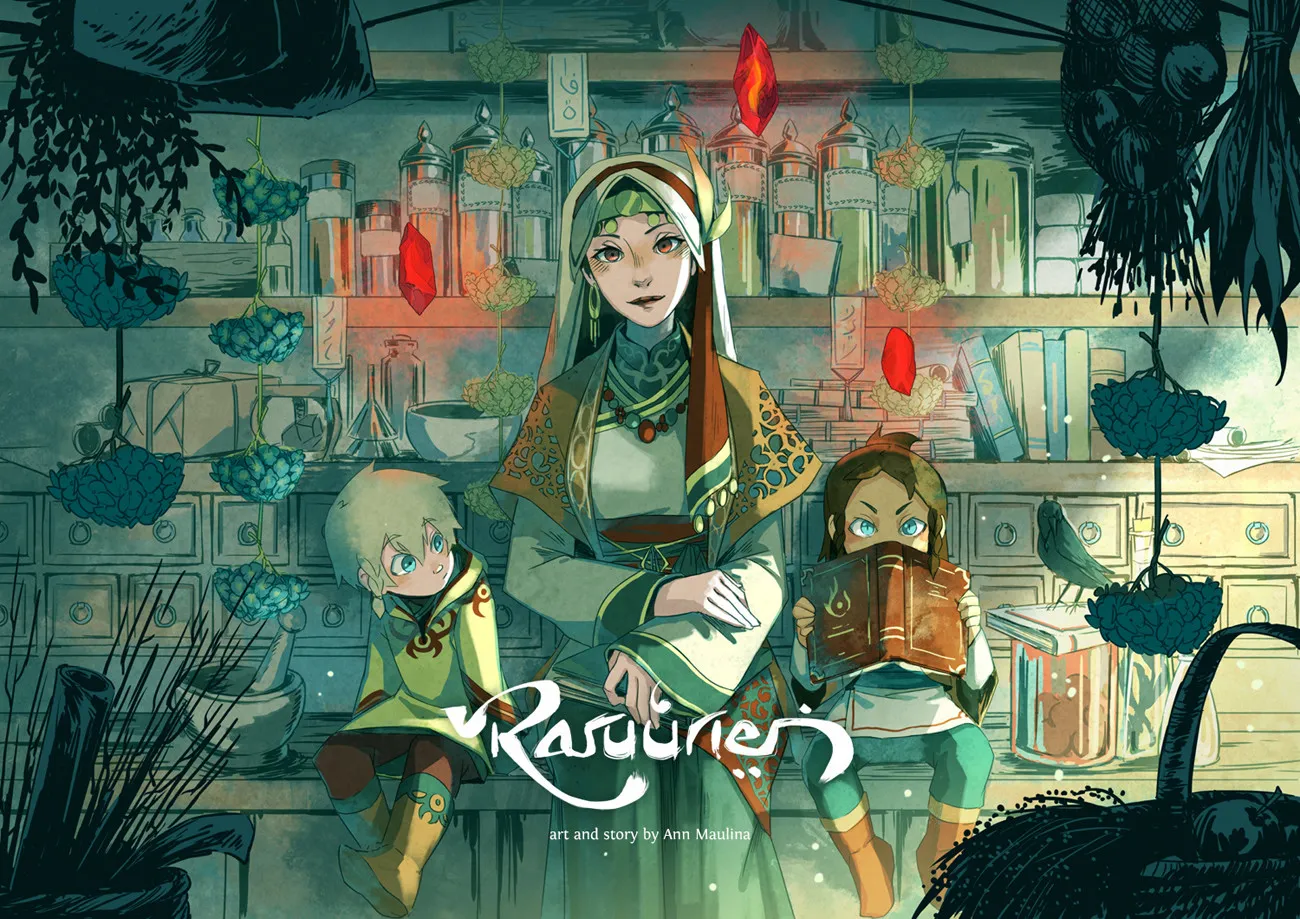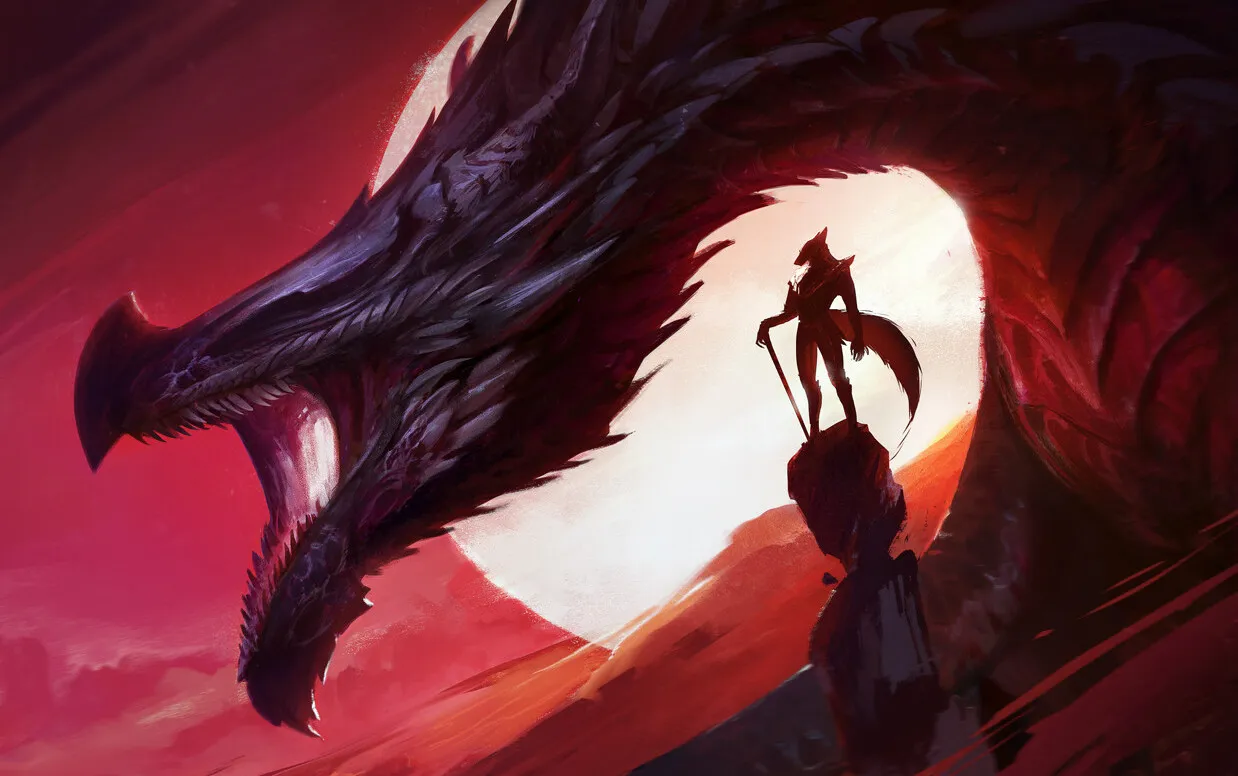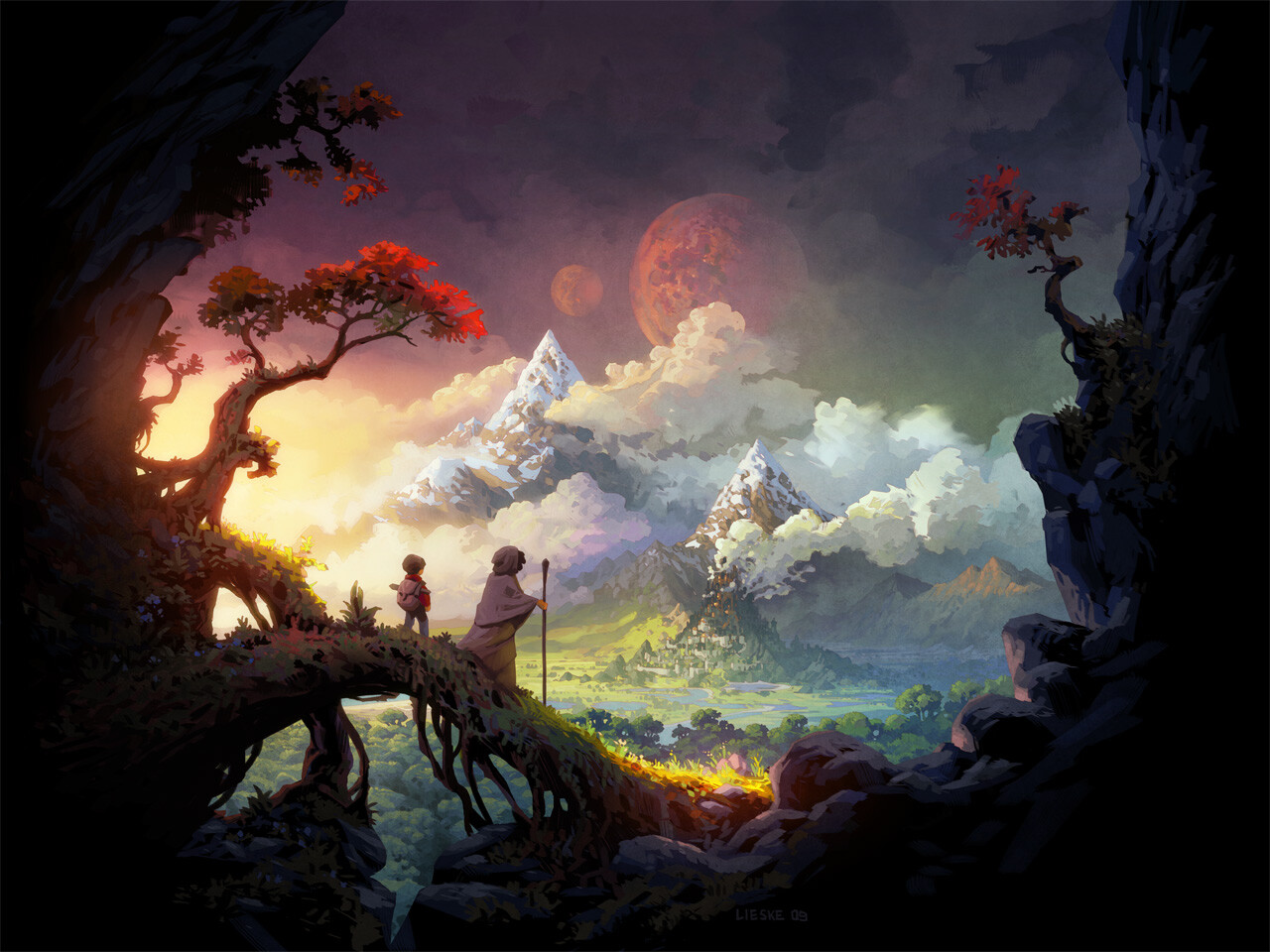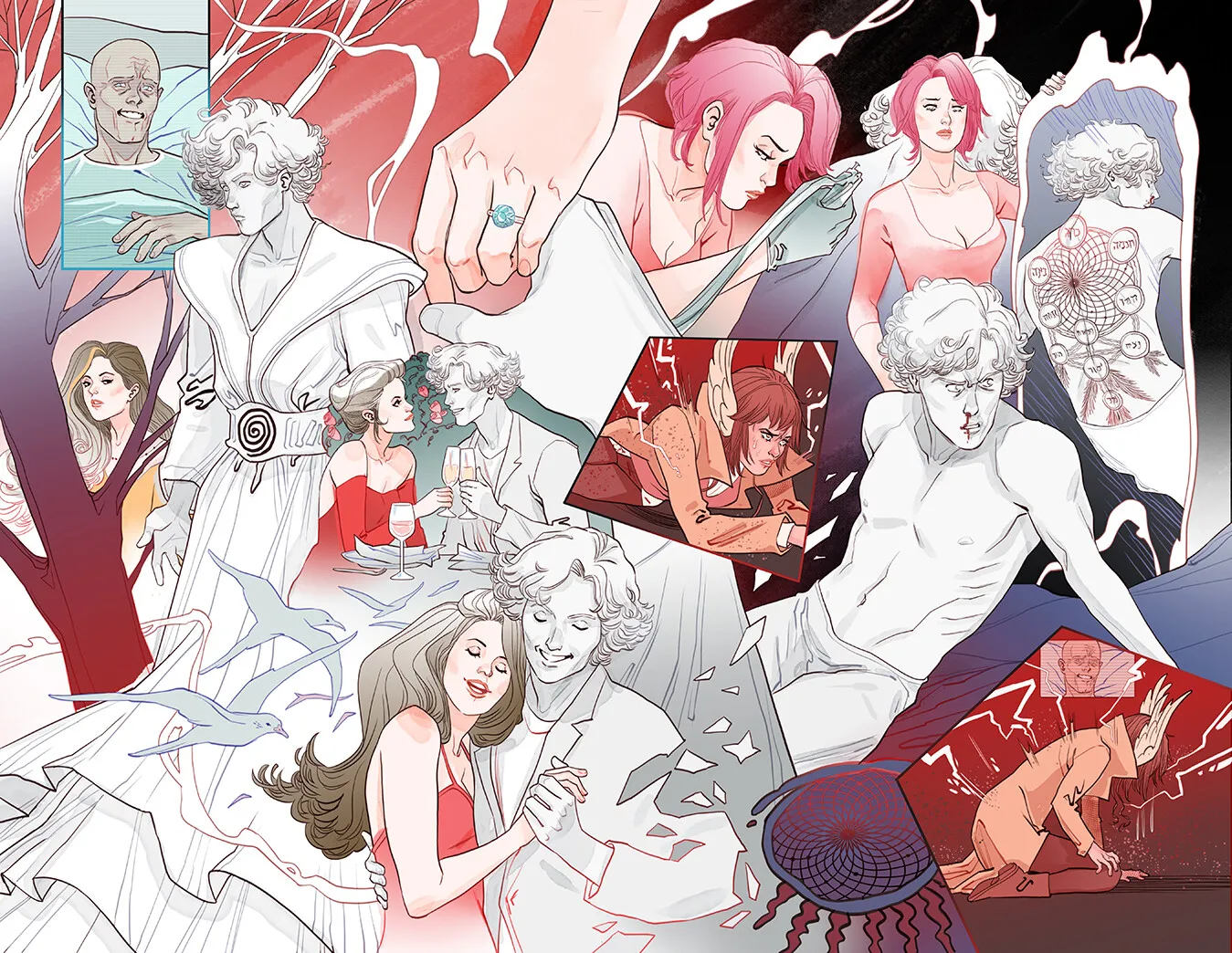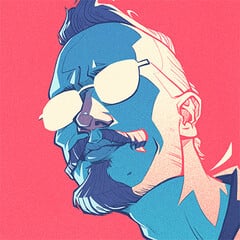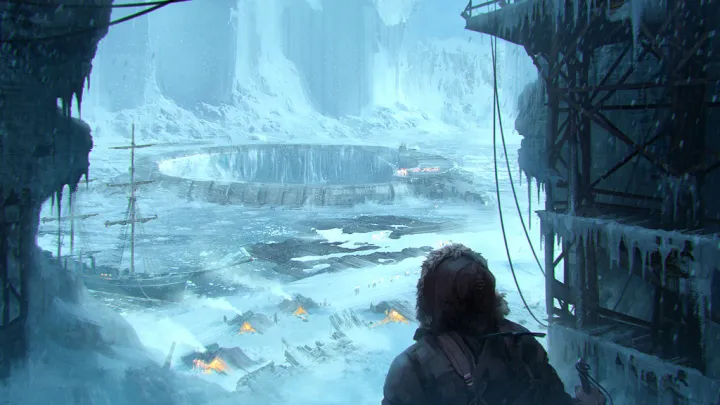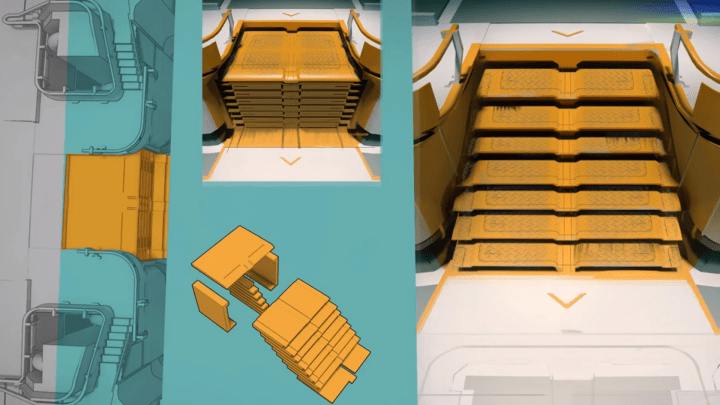Practical Career Insights From 5 Professional Comic Artists
Artwork by Ryan Smallman for Sony Pictures Entertainment Brazil and Spider-man: Far From Home (2019).
What better way to celebrate ArtStation Comic Art Week than with a healthy dose of expert inspiration?
We asked Ann Maulina, Claudya Schmidt, Daniel Lieske, Marguerite Sauvage, and Ryan Smallman for their advice on starting a career in comics. They tackle the importance of art styles, making a solid portfolio, networking, workflow tips, and much more!
Horizon Zero Dawn artwork by Ann Maulina for Titan Comics and Guerrilla Games
What Makes a Good Comic Art Portfolio?
Ann: I think strong comic art is able to deliver a story, feeling, or message through sequential art. This can be achieved with effective paneling, choice of color scheme, characters’ gestures, and expression.
Claudya: A solid comic art portfolio shines with a variety of story insights. One aspect of this is in worldbuilding and environments. Situational images are a great way to introduce new readers to your stories. Imagine yourself as a street photographer who’s roaming your world. Hold your visionary lens up close to the scene. That’s how you get the best shots for your portfolio.
Daniel: Comic art isn’t a clearly delineated discipline in which you will end up working only on comics. As comic artists we learn how to tell stories visually and these skills help a great deal with selling a design, a character, or a whole world. I’d say to look at individual panel illustrations as artworks in their own right and not limit oneself to complete page layouts only. Show your concepts, too! Comic artists are often a great fit for all kinds of tasks.
Marguerite: Storytelling.
Ryan: The work needs to really speak for itself. Clever rendering and presentation can go a long way, but if the art doesn’t hold its own, experienced editors and art directors will see right through it. Make sure to curate a portfolio that not only shows what you can do, but also focuses on the thing you want to do. Your portfolio will be objective, straightforward, and easy to comprehend. Have comic-related work of original characters as well as established ones.
Artwork by Claudya Schmidt for her graphic novel Myre – Volume 2
How Important Is Original Art Style/Content?
Ann: Not every artist has an art style, and that doesn’t stop us from being freelance comic artists. I usually have to draw a comic according to the client’s direction. It’s more important to have a strong basic knowledge rather than an art style. (Having an art style and original works can help you build a strong brand identity though).
Claudya: The more creative, original, and unique content, the better. When it comes to creativity, I think there are no boundaries. Every artist will add their own personal seasoning to their art. With indie projects such as comics/graphic novels, I really believe in the importance of variety and uniqueness. On social networks, sharing original content and ideas is one of the best ways to stand out.
Daniel: Developing your own voice will raise the interest of other people. The more individual your vision is, the more likely it is that other people will want to borrow some of your fire for their projects. With all the possibilities of self-publishing today, creating and selling your own products is a viable alternative to pure work for hire. I’m living off a healthy mix of both.
Marguerite: It’s not necessary, depending on what you want to do. Being adaptable may mean more occasions for work, nevertheless having a strong style may make you more outstanding.
Ryan: You can make your way into the industry by simply drawing existing characters, but the mileage you will get from creating something original is extremely beneficial. When you are starting out, it’s your chance to create a project from scratch. You will learn so much about the entire process and ultimately have a complete and original project to show for it.
Artwork by Daniel Lieske for his independent graphic novel The Wormworld Saga
What Are Some Challenging and Rewarding Aspects of Your Career?
Ann: The most challenging aspect for me is juggling projects. Every client has their own schedule and I have to adjust to fit the projects within my schedule. I also have to know my physical limit too. Most of the time I want to take all of the interesting projects offered to me, but it is necessary to turn some down. The most rewarding thing for me is when my comic successfully delivers the message that I wanted to convey.
Claudya: The most challenging aspect is the time it takes to bring a project to a finish. Every project requires a stringent daily routine and time boxing strategy. The most rewarding aspect is the improvement I can witness in my art. Creating a comic can be tough and time-consuming but it should never be a stopper to progress.
Daniel: The most challenging is definitely my self-publishing side, where I have to wear the hats of a writer, painter, graphic artist, web designer, project manager, publicist, and so on. But that’s also where the rewarding experiences are situated. There’s no greater feeling than finishing a new chapter and releasing it to the public. It’s worth all the trouble.
Marguerite: The most challenging is the intensity of work. The deadlines are very short in the industry (22 pages a month). The rewarding aspect is that I really enjoy the fluidity of the relationship with the editor, and I love to work on meaningful titles that offer new role models or seduce a new audience into comics.
Ryan: Probably keeping up with the level I’ve achieved. I think there’s a notion that getting better means it also gets easier, and that isn’t really the case. Part of challenging yourself and creating more difficult work is that it will always be hard to continue creating at that level. Consequently, the most rewarding aspect is fulfilling the work you set out to create.
Artwork by Marguerite Sauvage for Spectrum Magazine
What Skills Would You Tell Your Past Self To Focus On?
Ann: For me, it’s color theory. I think colors can be a magical tool that level up the quality of an artwork significantly. Sometimes I use my coloring skill to cover my inking mistakes teehee…
Claudya: This is a very difficult question for someone like me who dabbles in several directions. I’d probably go into filmmaking with a focus as a director, or game creator.
Daniel: I honestly wouldn’t change a thing about my learning path. It all comes in handy at some point. I’d say, do what interests you the most in any given moment. Don’t force yourself down a specific path that you think is the only reasonable one.
Marguerite: Writing.
Ryan: I would focus on completing drawings I started. For years I would begin an illustration or a project but quickly lose interest. It becomes a habit and creates a shallow drive to finish what you start. Don’t get hung up on ideas or sketches that aren’t worth it, but don’t make giving up a habit.
Artwork by Ryan Smallman for his independent comic Busker
What Surprised You When Starting Out?
Ann: I started as a comic reader, so it really surprised me when I tried drawing comics and it was really time-consuming. There’s no shortcut to do it. Sure there is a lot of new technology to use to make comics faster such as 3D models for comic background, or digital screen tones and custom brushes. However, it is still time-consuming.
Claudya: The realization that it has never been comics that inspired me to create comics. It was always movies and music that gave me the drive and ideas to create my own worlds. This awareness came especially when I got invited to my first comic convention for a book-signing session on my first publication and was asked which comics inspired me the most to become a comic artist myself.
Daniel: How difficult the economics of comic book publishing are. Especially in my home country, Germany, there’s practically no budget to work in comics professionally. That’s why I turned to self-publishing for comics and concentrated my commissioned work in other fields like concept art and illustration.
Marguerite: I was deliciously surprised that it evolves really quickly in terms of social representation, trying to be more inclusive, proposing new role models and new values. I feel really lucky to have worked on titles like Faith or Bombshells.
Ryan: How much of it is based on your ability to deliver. Having an original style, being extremely creative and so many other amazing skills will never live up to the ability to deliver finished work at a consistent pace. At the end of the day, the job is to create a finished comic, so the most successful professionals are the ones who do their work objectively and at a consistent quality. If your focus is to be an auteur creative, your best option is probably doing that on an independent project where you work at your own pace. Anywhere else, work on creating as well as you can as fast as you can.
Artwork by Ann Maulina for her independent comic Raruurien
How do you Network? Has COVID Changed Your Strategy?
Ann: Networking with fellow creatives is something that happened along the way naturally when I socialized as an artist. I worked from home as a freelance artist even before the pandemic started in my country last year, so my communication with clients and fellow artists is mostly done online. Now I lurk around Discord a lot to interact with my community. I also stream on Twitch to keep in touch with my followers.
Claudya: Networking does play a big role as an indie creator. Finding your own style and presenting it on all kinds of platforms can be cumbersome, but if you keep going, you will eventually be seen and recognised. The year 2020 was a very interesting one: on one hand, there was more time; many of my peers and friends came together for collaborations on projects. On the other hand, staying creative was difficult at points. Essentially, I didn’t have to adapt to any new networking strategies to bring my ideas forward.
Daniel: In Germany we don’t have a big convention culture so networking is happening mainly online. Concerning that, COVID has actually seemed to accelerate things because people spent more time in front of displays. So, I try to maintain a decent portfolio, participate in social media to a certain degree and generally put my work out there.
Marguerite: I am the worst in networking, it seems like my work is enough for me to get hired. COVID didn’t change anything in this.
Ryan: Ultimately, everyone’s journey is unique and your work is what will get you far. COVID has definitely opened doors to new artists getting into comics without having to do the rounds at conventions and portfolio reviews since everything had been done completely remotely. Social media has been incredible to reach out directly to artists in the industry, a lot of them reply and are willing to answer questions and offer advice.
Artwork by Claudya Schmidt for her graphic novel Myre – Volume 2
What’s a Quick Practical Tip You Use?
Ann: I find it easier to put colors in the sketching phase so I won’t have solid lines to limit my exploration. It’s like having a goal or planning a strategy before executing. As you can see from my sketch vs. finished artworks, sometimes I stay with initial colors, sometimes I stray (but not much).
Claudya: Whenever I struggle with finding the right layout or flow of a comic page (or I simply want to hold on to ideas), I use my trusty paper flip book to scribble tiny stick figures and layouts. If you’re solely a digital artist, the pencil-to-paper-sensation will give you a different perspective and focus. This loose method removes the temptation to zoom in, erase, or get lost in a single thumbnail. It allows me to create several sequences and chapters in just a few hours.
Daniel: Experiment with your creative workflow and really listen to your heart. I remember trying to create a screenplay for one of my early comic chapters at some point, because that’s what everyone seemed to be doing. I later realized that I don’t need a screenplay. I can simply sketch out panels and put my text directly into them. Don’t stick slavishly to formulas that others came up with. Find out what works for you personally and trust your own feelings.
Marguerite: I don’t “ink”, I go from thumbs to page in black and white (that I give for validation to the editor before color). At some point I realized my layouts were too clean and that I was losing a lot of time redrawing the same page a second time (or almost) when inking, so I skip this step.
Ryan: Trust the process. Once you know how you work, it becomes so much easier to navigate the creative process, because you always know where you are on the timeline. It will help you avoid that feeling of having to recreate the wheel every time you start a project. Today, I start with thumbnail sketches. Once I choose one, I blow it up to the more detailed pencil work, ink the linework, and finish with the coloring.
Artwork by Daniel Lieske for his independent graphic novel The Wormworld Saga
What is Your Advice for Beginner Comic Artists?
Ann: If you are a beginner artist who doesn’t know where to start or focus on, take your time trying different styles or methods in drawing. Do a lot of experiments. Eventually, you’ll find a path that you’d like to focus on. And don’t forget to have fun.
Claudya: If you have great concepts and ideas, get started by writing a story. Draw scenery or situations in which your characters move. Get others on board with your ideas and work. Be open to constructive criticism and use it to understand and to improve. Try to let go of perfectionism. The most important aspect is readability and how you convey the story in your images. Lean back and simply enjoy the art process.
Daniel: Look closely at what other artists do, but never fall into the trap of thinking that you can follow another artist’s path completely. You have to find your own path; your own mix of problems will be very individual.
Ryan: I always tell beginner artists to be patient and understand that everyone is on their own artistic journey. As much as it may seem, art isn’t competitive. Everyone is on their own path, growing at their own pace and creating their own projects. Take it easy on yourself and realize there’s a long road ahead.
Artwork by Marguerite Sauvage for The Dreaming, Sandman Universe, DC Black Label
About the Artists
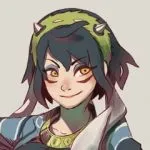 Ann Maulina is a game and comic artist from Indonesia. She holds a Bachelor’s degree in Visual Communication Design. She is the creator behind Raruurien, a heartwarming webcomic about the widow witch Rien and her two small sons living in a small mountain village. Ann enjoys creating art with dynamic and harmonic colors.
Ann Maulina is a game and comic artist from Indonesia. She holds a Bachelor’s degree in Visual Communication Design. She is the creator behind Raruurien, a heartwarming webcomic about the widow witch Rien and her two small sons living in a small mountain village. Ann enjoys creating art with dynamic and harmonic colors.
 Claudya Schmidt also known as “Alector Fencer” is a professional artist, character designer, and full-time comic artist living in Berlin, Germany. She previously worked for various private and professional clients, experience which helped her fortify her path in character design and illustration. Sometimes, Claudya delves into various creature designs and environment paintings. She sees every challenge as a great chance for improving her skills in making her ideas more tangible.
Claudya Schmidt also known as “Alector Fencer” is a professional artist, character designer, and full-time comic artist living in Berlin, Germany. She previously worked for various private and professional clients, experience which helped her fortify her path in character design and illustration. Sometimes, Claudya delves into various creature designs and environment paintings. She sees every challenge as a great chance for improving her skills in making her ideas more tangible.
Today Claudya mainly works on her long-term comic project, Myre – Chronicles of Yria, of which she released Volume 1 in 2017. Her most recent project, Lores of Yria – The Haunter of Dreams, was completed and published in 2019. Claudya is currently working on the second volume of Myre.
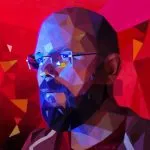 Daniel Lieske is a digital artist and graphic novel author from Warendorf, Germany. He has been creating computer art since he was a child and has over two decades of experience working in the computer games industry. Currently he is working as a freelance concept artist and illustrator. His all-ages fantasy graphic novel series The Wormworld Saga is available for free online.
Daniel Lieske is a digital artist and graphic novel author from Warendorf, Germany. He has been creating computer art since he was a child and has over two decades of experience working in the computer games industry. Currently he is working as a freelance concept artist and illustrator. His all-ages fantasy graphic novel series The Wormworld Saga is available for free online.
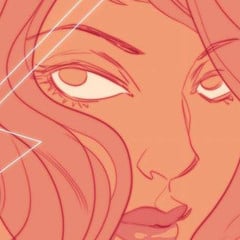 Marguerite Sauvage became an illustrator in 2001 after graduating in Law and Information Sciences at Paris University. She began working in advertising, press, and publishing for such prestigious clients as Apple, Elle, and Penguin, among many others. In 2008 she started working in parallel as a freelance concept artist in video games and animation for Ubisoft Paris, ZAC Creative Australia, Passion Pictures France, Wanda France, and Fox Kids USA. The same year she also become the author, art director, and designer of the animated TV series Cultural Quest with Mister Otter.
Marguerite Sauvage became an illustrator in 2001 after graduating in Law and Information Sciences at Paris University. She began working in advertising, press, and publishing for such prestigious clients as Apple, Elle, and Penguin, among many others. In 2008 she started working in parallel as a freelance concept artist in video games and animation for Ubisoft Paris, ZAC Creative Australia, Passion Pictures France, Wanda France, and Fox Kids USA. The same year she also become the author, art director, and designer of the animated TV series Cultural Quest with Mister Otter.
In 2014 her work was spotted by Vertigo and she started a career in comics. Her work is visible both on covers and sequential art for Marvel (Secret Wars, Captain Marvel, Ms. Marvel), DC (Bombshells, Shade…), Vertigo (Unfollow, Hinterkind…), Dark Horse (Zodiac Starforce…), Image (Wayward, Wicked and Divine…), Dynamite (Red Sonja…), and Valliant (Faith…).
Ryan Smallman is a freelance illustrator, designer, and comic book artist based in São Paulo, Brazil. He worked as Art Director at Omelete Company (the largest Brazilian entertainment news website) for three years before leaving to pursue his career as a freelance illustrator. He has created work for The Walt Disney Company, Marvel Studios, Sony Pictures, Warner Bros, and Amazon Prime among many other studios and independent publishers. His independent comic, Busker, became sold-out at CCXP19 and was later nominated for multiple national comic awards. He strives to express exciting and electrifying energy through organic line-work and vibrant color palettes.
